The Future of Virtual Reality has been shown at CES 2022 in the form of retina display VR Headsets, full body tracking solutions and brain computer interfaces previewing what the future of full dive virtual reality could look like. Companies such as Meta/Facebook, Google, Apple and Valve are all investing millions into making Virtual Reality mainstream and look just like real life.
–
TIMESTAMPS:
00:00 A vision into the Future at CES
00:50 Next Generation VR Headsets.
02:29 The Future of VR Hardware.
04:47 VR CPU’s & GPU’s.
07:00 Is the Future of VR Mainstream?
07:48 Last Words.
–
#virtualreality #vr #future
Category: computing – Page 577
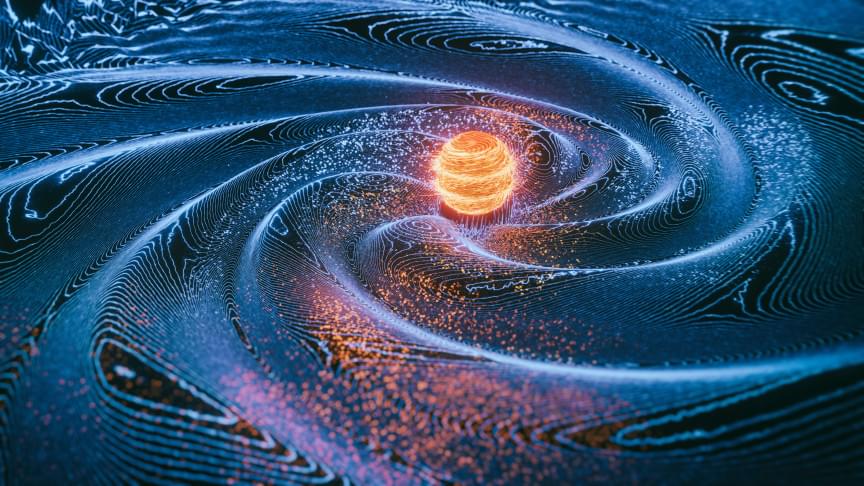
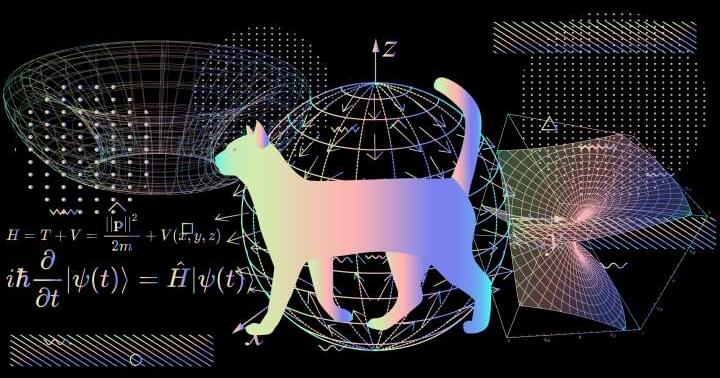
243-Year-Old Impossible Puzzle Solved Using Quantum Entanglement
Over 240 years ago, famous mathematician Leonhard Euler came up with a question: if six army regiments each have six officers of six different ranks, can they be arranged in a square formation such that no row or column repeats either a rank or regiment?
After searching in vain for a solution, Euler declared the problem impossible – and over a century later, the French mathematician Gaston Tarry proved him right. Then, 60 years after that, when the advent of computers removed the need for laboriously testing every possible combination by hand, the mathematicians Parker, Bose, and Shrikhande proved an even stronger result: not only is the six-by-six square impossible, but it’s the only size of square other than two-by-two that doesn’t have a solution at all.
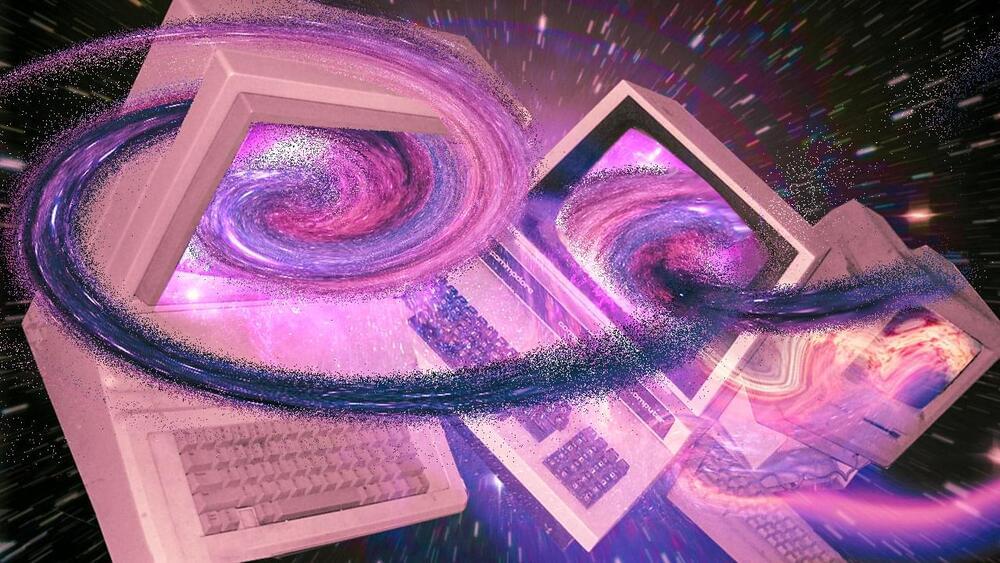
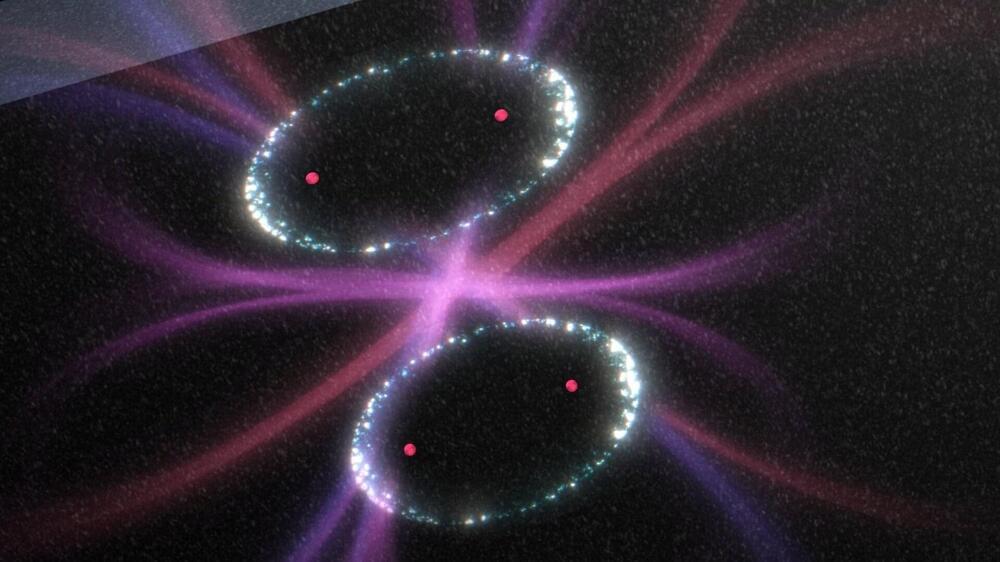

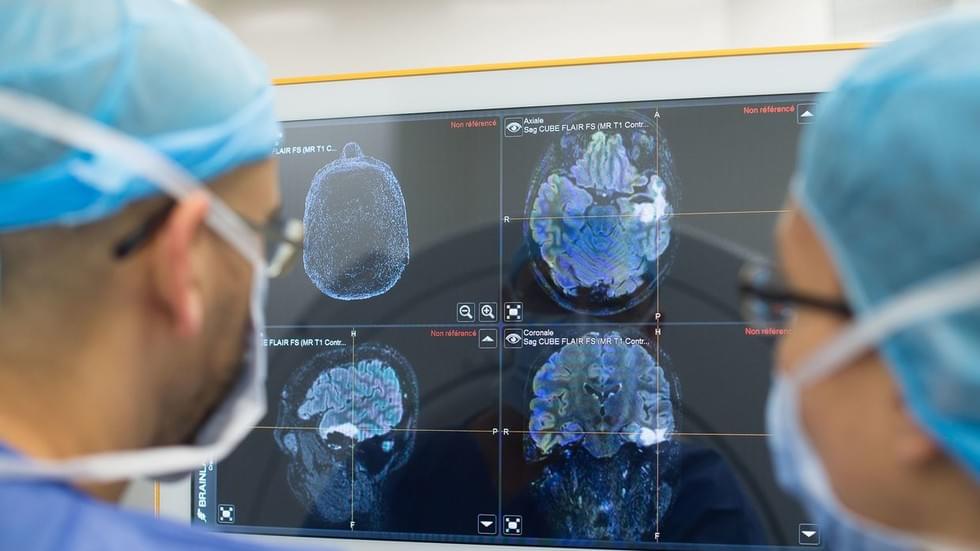
Elon Musk nears human testing of brain chip
I wonder if you could use this stuff for brain scans.
Neuralink, the US neurotechnology firm co-founded by billionaire entrepreneur Elon Musk, has begun recruiting key employees to run its clinical trials, signaling that it’s inching closer to starting human testing of its brain implants.
The company has posted advertisements to hire a clinical trial director and a clinical trial coordinator. The ads note that the staffers will “work closely with some of the most innovative doctors and top engineers, as well as working with Neuralink’s first clinical trial participants.” Neuralink said the director will lead and help build its clinical research team and will develop “regulatory interactions that come with a fast-paced and ever-evolving environment.”
Musk, who ranks as the world’s richest person with a fortune estimated at $256 billion, said last month that he expects to have Neuralink brain chips implanted in humans sometime in 2022, pending approval for testing plans by the US Food and Drug Administration (FDA).
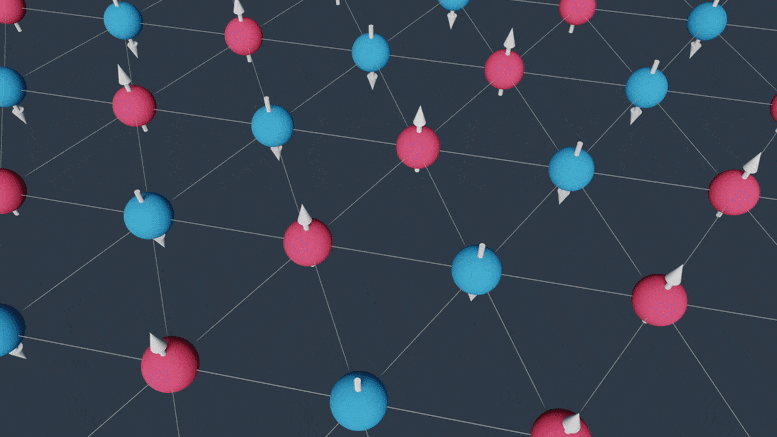
Quantum Physicists Find Paradoxical Material a Mashup of Three Different Phases at Once — “This Is Uncharted Territory”
‘Geometric frustration’ can cause the electrons in materials with atoms arranged in a triangular pattern to organize in three competing ways simultaneously, reveals a new computational study led by researchers at the Flatiron Institute.
Materials that look like mosaics of triangular tiles at the atomic level sometimes have paradoxical properties, and quantum physicists have finally found out why.
Using a combination of cutting-edge computational techniques, the scientists found that under special conditions, these triangular-patterned materials can end up in a mashup of three different phases at the same time. The competing phases overlap, with each wrestling for dominance. As a result, the material counterintuitively becomes more ordered when heated up, the scientists reported in Physical Review X.
Human Brain Signals Recorded in Record-Breaking Resolution
High-resolution recordings of electrical signals from the surface of the brain could improve surgeons’ ability to remove brain tumors and treat epilepsy, and could open up new possibilities for medium-and longer-term brain-computer interfaces.
A team of engineers, surgeons, and medical researchers has published data from both humans and rats demonstrating that a new array of brain sensors can record electrical signals directly from the surface of the human brain in record-breaking detail. The new brain sensors feature densely packed grids of either 1,024 or 2,048 embedded electrocorticography (ECoG) sensors. The paper was published by the journal Science Translational Medicine on January 19, 2022.
These thin, pliable grids of ECoG sensors, if approved for clinical use, would offer surgeons brain-signal information directly from the surface of the brain’s cortex in 100 times higher resolution than what is available today. Access to this highly detailed perspective on which specific areas of the tissue at the brain’s surface, or cerebral cortex, are active, and when, could provide better guidance for planning surgeries to remove brain tumors and surgically treat drug-resistant epilepsy.
Control Lights With Your Mind With Neurosity Crown BCI And Unity!
In today’s video I show you how the Neurosity Crown works by making a prototype to control lights which is initiated by thinking about movement of my left arm.
This Brain Computer Interface video will cover these areas:
👉 Neurosity console overview.
👉 Neurosity console left arm thoughts training with Kinesis.
👉 Extending Unity Notion SDK to subscribe to Kinesis updates and therefore get the data into Unity for further usage.
👉 Simple LightController in Unity to turn on and off lights controlled by a Philips Hue Hub.
🔥 If you want to see more BCI prototype videos be sure to share your interest in the comments.
📌 Unity Notion SDK:
https://github.com/ryanturney/notion-unity.
📌 Get The Neurosity Crown Hardware from: (Affiliate link) 👉 https://shareasale.com/r.cfm?b=1871556&u=3082665&m=116947
📌 Neurosity Developer Documentation: